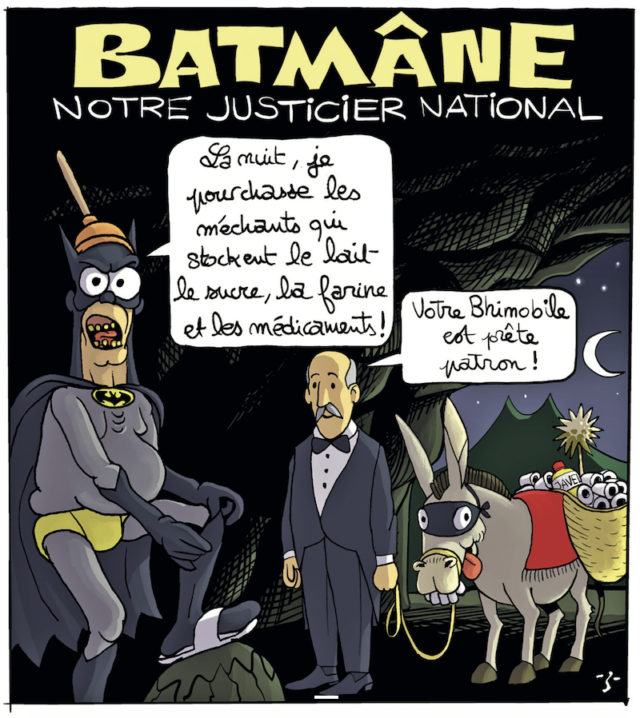Although they are accused of stealing jobs from Tunisians, undocumented immigrants nevertheless respond to a labor shortage across a number sectors that are spurned by the local workforce. Regularizing the status of foreign workers in Tunisia would not only put an end to the scapegoating and forceful expulsion endured by immigrants, but would also stem the exploitation to which they are exposed.


















